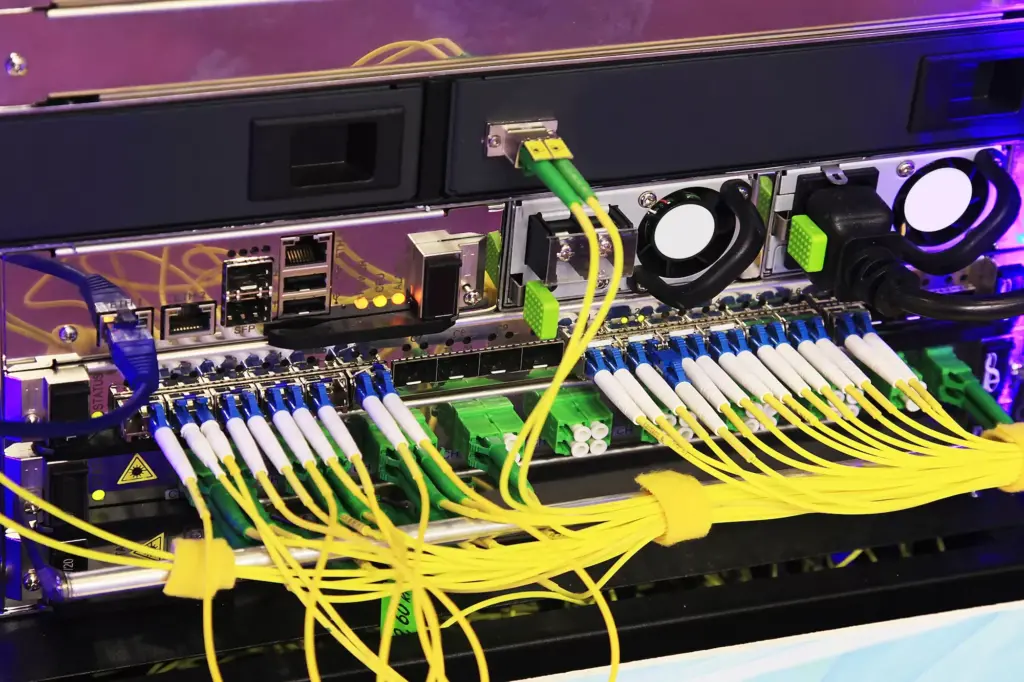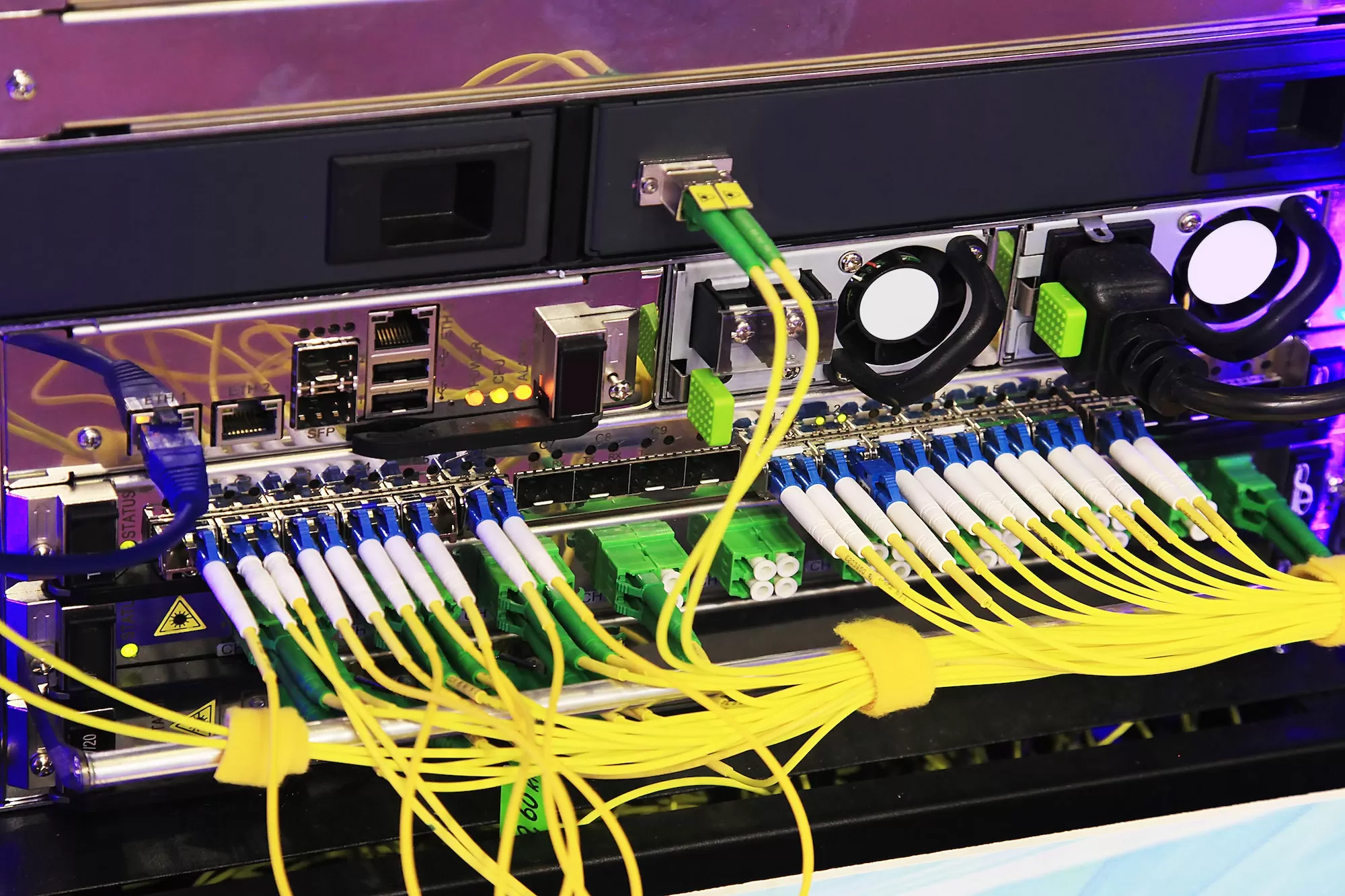To easily submit your projects to GitLab, Connecting GitLab to SourceTree can easily do the job. Indeed, SourceTree offers the possibility of simply managing your web projects from your computer. In this article, we will see how to connect GitLab to SourceTree to easily manage your projects.
Introduction and Benefits
Using an application like SourceTree can have several benefits:
- Work on git repositories with more simplicity. Indeed, thanks to the easy-to-use interface, you can retrieve and update your projects without much hassle.
- In addition, no need to master the command lines. With SourceTree, you also don’t need to use command lines in your work.
We’ll show you where to connect GitLab to SourceTree. You will also discover, in this article, how to do without command lines and work in a simple way on your git repositories.
What is SourceTree?
SourceTree is a software developed by Atlassian. They are also the authors of Bitbucket, which is used for hosting. Basically, their solution is designed for the management of their deposit. However, they gave the option to use it for repositories on GitHub, GitLab (Enterprise), and GitLab (Community Edition).
What is GitLab?
GitLab is an Open-source application available in two versions, the Community and Enterprise versions. Thus, you can use it as a repository for your web or application projects. With the community version, you can install it on a web server and use it within your organization. In the video and the explanations that will follow, we mainly talk about the integration of GitLab CE (community version). Nevertheless, with a few details ready, you can adapt the guide to the other version and the competing platforms of GitLab.
Connect GitLab to SourceTree — See a video demo
In the video, we explain in a few steps how to make a connection on a Windows computer. [LaVideo block_name=”index_video” key=”zM9JAJCkz9M” img1=”17081″ img2=”17081″ title=”Video: How to connect SourceTree with GitLab”]
Steps to connect GitLab to SourceTree
Let’s get to the heart of the matter and see together what are the steps to easily manage our deposits
Download SourceTree

Moreover, it is available on the SourceTree site. It is also available for PC, MAC, and Linux versions. Depending on the platforms, the interface sometimes changes, but the use is the same.
Configuration
We skipped the installation step. The reason is that we installed it with default settings. For the rest, here is the window you will get.

- Foremost, you should go to Tools ⇒Options and choose the type of SSH client and the private key for the connection (You should first have generated a key).
NB: The public key you generated must be added to the git account for the SSH connection
- If you generated the key with puTTY, choose the SSH client puTTY / Plink and in the SSH key field, fill in the path of the private key you generated
- However, if you generate the key with OpenSSH, select the OpenSSH client and in the SSH key field, fill in the path that leads to the private key.
Once done, click Ok 
- Let’s see how to recover a remote project

1- Copy the clone link of your project on Git;
2- Click Clone in the utility. You will then obtain the figure above.
Note: For the path to which the repository will be cloned on your machine, you can either leave the default choice or select a path to which you would like the project to be cloned.
3- Once the form has been correctly completed, click on “clone”.

The cloning of your project is successful. So, you can explore it on SourceTree 
Steps to edit your project
You can now edit your project
- For example, I added a test.html file to my project
 Perform the following actions:
Perform the following actions:
1- Click on the + button to add the modified files
2- Write the commit message
3- Validate the changes  Finally, we must now send the data to the git server. To achieve this, you need:
Finally, we must now send the data to the git server. To achieve this, you need:
1- Click on send
2- Choose the branch on which the data will be loaded
3- Send the data  So you will get this result
So you will get this result

If you refresh your git repository, you will see your file

The integration of Gitflow in SourceTree is very fascinating because it allows you to do many things in addition to making a deposit. Moreover, if you are unable to manage an activity with the interface, SourceTree comes by default with a command line with integrated Git.
Some Alternatives to SourceTree
You will find the list of several solutions according to your operating system via the link of Git SCM.
Conclusion
Using a graphical interface to manage your project can have various advantages. And, it is also a recommended option to avoid errors. To learn more about the steps or if you prefer to entrust the task to a professional, contact us.


